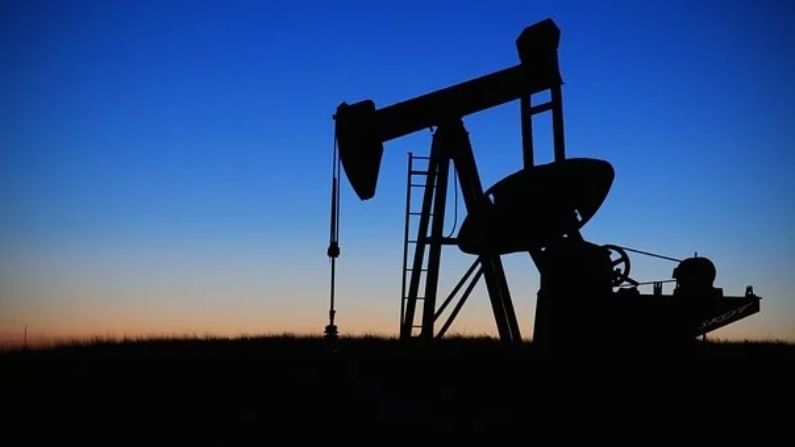OPEC+ meeting called off: What does it mean for fuel prices in India?
A failure to resolve a rare standoff between the UAE and Saudi Arabia could push global crude oil prices up further

The OPEC+ oil cartel is facing a big crisis. The talks among the Organization of Petroleum Exporting Countries (OPEC) members and allied oil-producing countries broke off yesterday and have ultimately failed to reach a deal, leaving the oil market facing much tighter supplies. The most immediate effect of the breakdown is that OPEC+ nations will not increase oil production for August. This will deprive the global economy of vital extra supplies as demand is recovering rapidly from the coronavirus pandemic.
What is the context?
The OPEC+ group of countries had, in April 2020, entered into a two-year agreement, which entailed steep cuts in crude production to prop up prices and reduce an oversupply to deal with a sharp fall in the prices as a result of the Covid-19 pandemic.
The price of Brent crude hit an 18-year low of under $20 per barrel in April 2020 when many countries went into Covid-19 lockdowns hitting global oil demand.
In the latest round of meetings, all three attempts in the last week have all failed to reach a consensus. The UAE has this time pushed back proposals. Experts have pointed out that the UAE has roughly one-third of its output idle, meaning it’s “sacrificing” its production to a greater extent than other OPEC+ members. The country wants an increase to 3.8 million barrels daily if the supply agreement is extended until the end of 2022. Saudi Arabia on the other hand has argued that it is withholding much more oil than the UAE — and has done for years.
What will happen next?
No new date has been set for resuming talks, leaving oil markets in a state of at least temporary uncertainty about future supply. There are concerns that if an agreement cannot be reached, the alliance could break apart. This could trigger price wars leading to wild swings in crude oil prices.
Oil prices have jumped to a three-year high as the deadlock over crude supply. The prices have shot up to $77 a barrel, the highest since late 2018.
Commodity experts see oil prices continuing their surge and even testing the $100 a barrel price if the solution is found soon.
How does it impact India?
India is currently facing record-high prices of petrol and diesel, with pump prices of the former exceeding Rs 100 per litre in 13 states and Union Territories.
There has been a massive rise in domestic fuel prices since the first week of May. Petrol and diesel prices have been hiked 35 times during the period and both essential fuels have become dearer by at least Rs 7-8 per litre.
Fuel prices have been rising in the country due to a gradual recovery in international crude oil rates. For the last few weeks, the recovery in global crude demand has accelerated, with benchmark Brent Crude Oil crossing $77 per barrel.
A failure to resolve a rare standoff between the UAE and Saudi Arabia could push global crude oil prices up further.
The Paris-based International Energy Agency (IEA) has already warned that the world needs more oil as demand is picking up and likely to reach pre-pandemic levels by next year.
“Global oil demand is set to return to pre-pandemic levels by the end of 2022, rising 5.4 mb/d in 2021 and a further 3.1 mb/d next year,” IEA has mentioned in its latest report
Crude oil vs domestic petrol prices
In January 2020, before the Covid-19 lockdown, the crude oil price was around Rs 29 per litre, while end-users paid Rs 78 for a litre of petrol.
Even after international crude prices nosedived in February, an Indian consumer still paid nearly five times higher (Rs 72.93 per litre) than the crude oil price (Rs 15.60 per litre).
On May 5, 2020, when crude prices halved to Rs 14.75 from Rs 28.84 per litre, the government hiked excise duty by a record Rs10 per litre on petrol and Rs 13 per litre on diesel to garner additional revenue of Rs 1.6 lakh crore. This was the second hike within a period of three months.
The government collected a record 48% more tax as excise duty on petrol and diesel from end-users from April-November 2020 compared to the same period in 2019.
After the gradual easing of the lockdown, crude oil price was revived to Rs 25 a litre in January 2021, but consumers ended up paying Rs 87.57 per litre, more than three times higher.
Even though the price of crude oil is only 11.1% higher than at the beginning of 2020, the price of petrol has risen 32.9% and that of diesel has risen 31.5% during the same period.